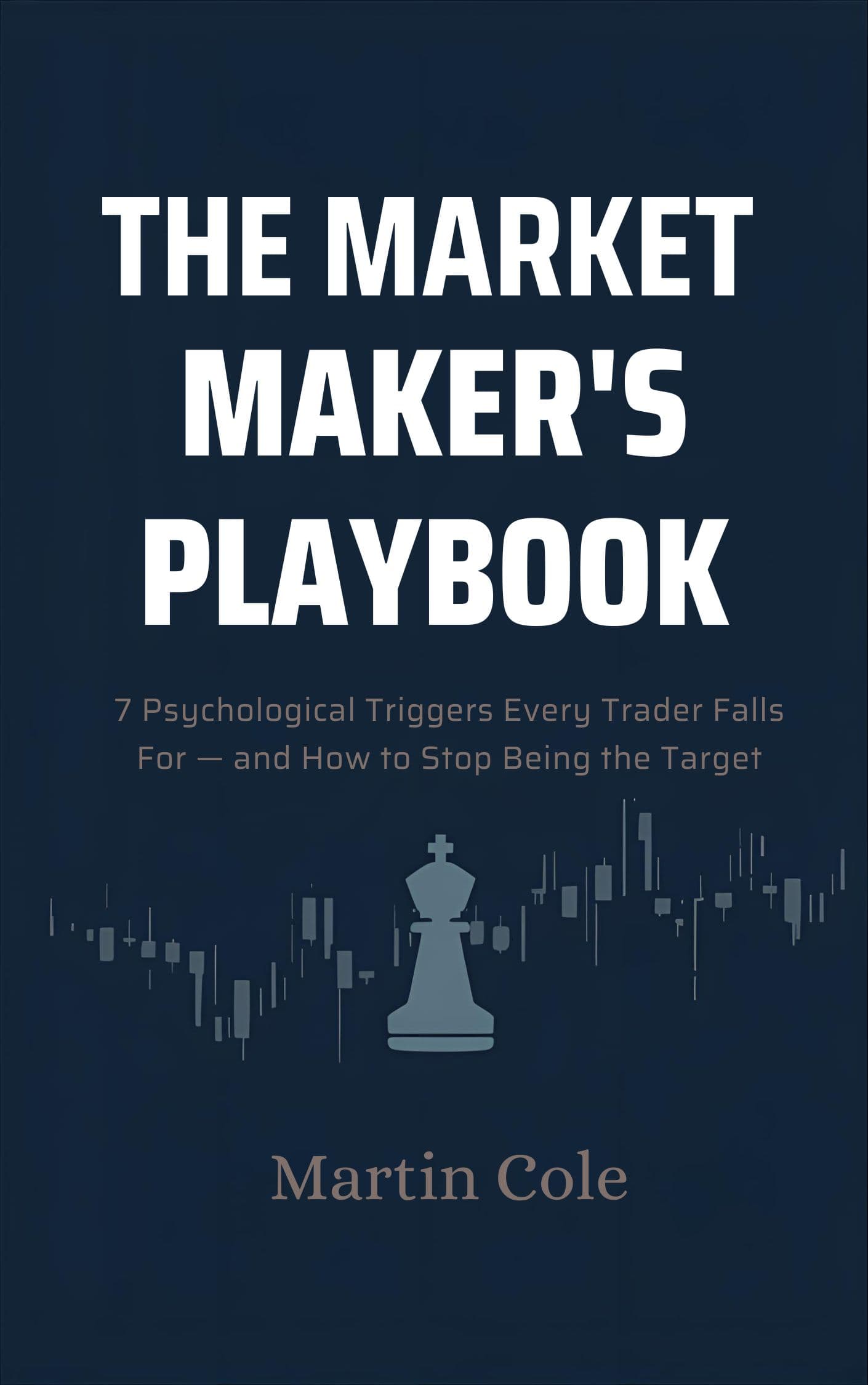A Second Career in Markets: From Overwhelm to Clarity
You're ready for a change. Trading offers autonomy, scalability, and a skill that gets better with time—but only if you start with structure, not chaos.
Why People Choose Trading as a Second Career
Trading appeals to those seeking freedom: work from anywhere, set your own hours, and build a skill that compounds. Unlike traditional careers, your earning potential isn't capped by seniority or geography.
But here's the catch: most new traders drown in complexity. They jump between strategies, indicators, and gurus, never settling on a coherent system. Six months in, they're exhausted and no closer to consistency.
The Common Trap
What Makes Trading Learnable
Trading isn't about predicting the future. It's about reading the AMD cycle (Accumulation, Manipulation, Distribution) and positioning yourself where the odds are in your favor. That's a skill you can learn, practice, and refine—just like any other profession. Trade the AMD cycle, not predictions.
The PAT AMD Indicator gives you a structured way to see what the market is showing you:
- Pressure Points: Where conviction starts to become fractured. Early warning signs that the current trend is showing signs of fractured beliefs.
- Ray lines: Where accumulation pivots on underlying strength or weakness.
- The Floating Zone: Reveals underlying strength and weakness. And confirmation of trend change.
- Whale Markers: Where professional, large trading positions enter and exit (Smart Money Concept).
These aren't subjective interpretations. They're visual markers that show you the AMD cycle in real time.
Building a Routine That Works
One of the hardest parts of starting a trading career is figuring out your daily process. With the PAT AMD Indicator, it's straightforward:
- Check your watchlist at market open or preferred session.
- Look for accumulation forming in the Floating Zone.
- Watch for manipulation—Buffer tests, Pressure Points, stop hunts.
- Enter when distribution begins—Whale Markers signal profit release; skip when the AMD cycle isn't clear.
This routine is repeatable, teachable, and measurable. You're not guessing—you're following the AMD cycle. That clarity is what separates hobbyists from professionals.
What This Solves
Most career-pivoters struggle with three things:
- Analysis paralysis: Too many indicators, conflicting signals, endless research.
- Lack of structure: No clear entry or exit rules, just vibes and hope.
- Emotional trading: Fear and greed drive decisions instead of logic.
The PAT AMD Indicator addresses all three. It simplifies analysis by focusing on the three AMD phases, provides clear structure through visual markers, and removes the guesswork. When you understand the AMD cycle, emotions take a back seat.
What You'll Notice First
New users often say, "I wish I'd found this years ago." The PAT AMD Indicator doesn't add complexity—it removes it by showing you the original AMD framework created in 1999. You're not juggling ten tools; you're reading the three-phase cycle (Accumulation, Manipulation, Distribution) through five visual elements that work together.
Common Mistakes It Prevents
- Jumping between systems: PAT gives you one coherent framework. Stick with it, master it, refine it.
- Trading without confirmation: Pressure Points show you when to commit and when to wait.
- Overcomplicating the process: PAT keeps it simple. If the structure isn't there, the trade isn't there.
Your Next Step
Start with the manual. It's written for people who are serious about learning, not looking for shortcuts. You'll get real examples, clear explanations, and a framework you can trust.
Continue your path

Free Download: The Market Maker's Playbook
Learn the 7 psychological triggers market makers use to trap retail traders—and how to stop being the target.
Free instant download. No spam, ever.